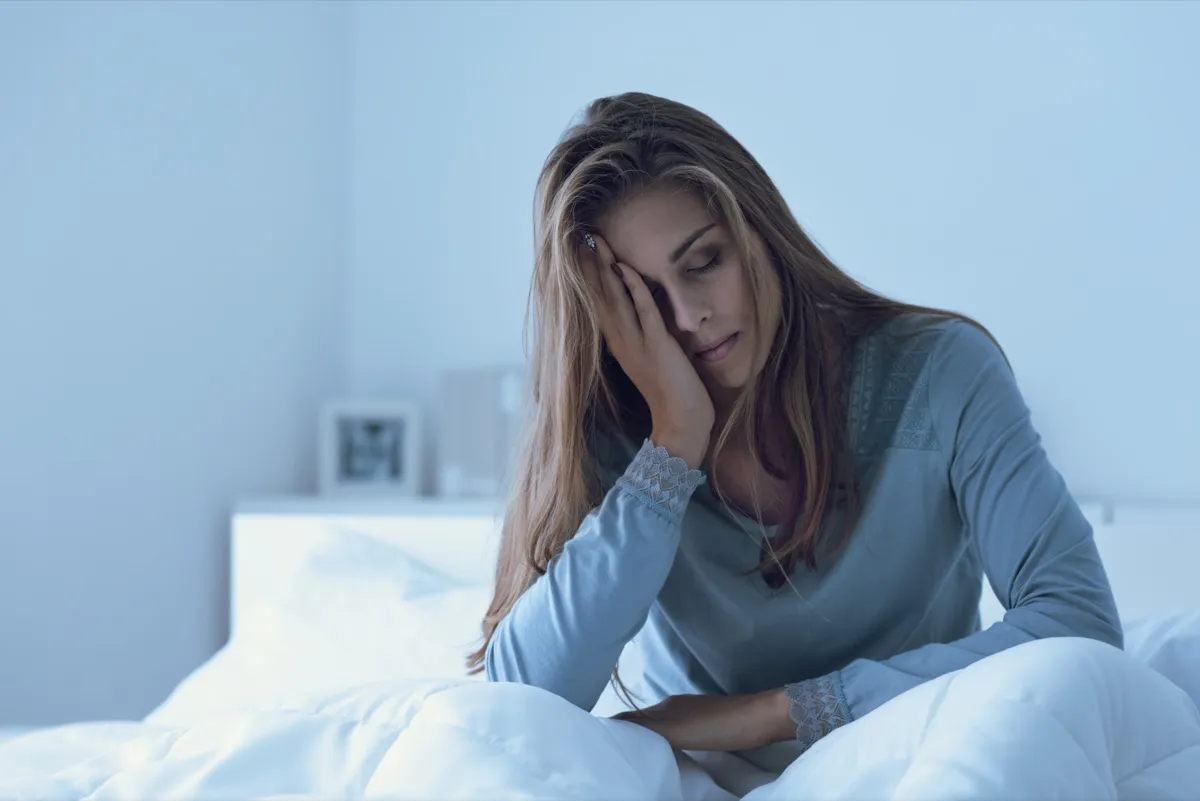Mindfulness Techniques for Anxiety Relief
introduction
Mindfulness, rooted in ancient contemplative practices, has gained significant attention in modern psychology for its effectiveness in reducing anxiety and promoting overall well-being. This article explores various mindfulness techniques that can help individuals manage anxiety effectively, enhancing mental clarity, emotional regulation, and resilience.
1. Understanding Mindfulness
Mindfulness is the practice of intentionally focusing one’s attention on the present moment without judgment. It involves observing thoughts, emotions, and bodily sensations with curiosity and acceptance. By cultivating mindfulness, individuals can develop greater awareness of their inner experiences and respond to stressors with clarity and calmness.
2. Benefits of Mindfulness for Anxiety
Mindfulness techniques offer numerous benefits for anxiety relief:
- Stress Reduction: Mindfulness practices reduce physiological markers of stress, such as cortisol levels and heart rate variability.
- Emotional Regulation: Enhances the ability to recognize and manage emotions, reducing reactivity to anxiety triggers.
- Improved Cognitive Functioning: Enhances attention, concentration, and decision-making abilities, reducing rumination and worry.
- Enhanced Resilience: Promotes adaptive coping strategies and resilience in the face of challenges and setbacks.
3. Mindfulness Techniques for Anxiety Relief
a. Mindful Breathing:
- Technique: Sit or lie down in a comfortable position. Close your eyes and focus your attention on your breath. Notice the sensation of the breath as it enters and leaves your nostrils or the rise and fall of your abdomen.
- Purpose: Deepens relaxation, promotes grounding in the present moment, and reduces physiological arousal associated with anxiety.
b. Body Scan Meditation:
- Technique: Lie down or sit comfortably. Gradually bring your attention to different parts of your body, starting from your toes up to your head. Notice any sensations, tension, or discomfort without judgment.
- Purpose: Increases body awareness, releases muscle tension, and promotes relaxation and stress relief.
c. Mindful Walking:
- Technique: Take a slow walk in a quiet and peaceful environment. Focus on the sensation of your feet touching the ground, the movement of your legs, and the surrounding sounds and sights.
- Purpose: Grounds attention in the present moment, enhances sensory awareness, and provides a mindful break from rumination and worry.
d. Loving-Kindness Meditation:
- Technique: Sit comfortably and close your eyes. Begin by directing loving-kindness towards yourself, then extend it towards loved ones, acquaintances, and eventually to all beings.
- Purpose: Cultivates compassion, reduces self-criticism and judgment, and promotes emotional resilience and connectedness.
e. Observing Thoughts and Emotions:
- Technique: Sit quietly and observe your thoughts and emotions as they arise without engaging with them. Notice their transient nature and return your focus to the present moment.
- Purpose: Develops non-reactive awareness, reduces identification with anxious thoughts, and promotes a sense of detachment and perspective.
4. Integrating Mindfulness into Daily Life
Incorporating mindfulness into daily routines enhances its effectiveness in managing anxiety:
- Morning Ritual: Start the day with a brief mindfulness practice, such as mindful breathing or a body scan, to set a calm and focused tone.
- Mindful Eating: Pay attention to the sensory experience of eating, including taste, texture, and smell, to promote mindful eating habits and reduce stress-related eating.
- Mindful Movement: Practice mindfulness during daily activities such as yoga, tai chi, or stretching exercises to enhance body awareness and relaxation.
5. Scientific Evidence Supporting Mindfulness for Anxiety
Research demonstrates the efficacy of mindfulness-based interventions for anxiety disorders:
- Mindfulness-Based Stress Reduction (MBSR): A structured program incorporating mindfulness meditation, yoga, and awareness exercises has shown to reduce symptoms of anxiety and improve overall well-being.
- Mindfulness-Based Cognitive Therapy (MBCT): Integrates mindfulness practices with cognitive-behavioral techniques to prevent relapse in individuals with recurrent depression and anxiety disorders.
- Neuroscientific Findings: Neuroimaging studies indicate that mindfulness practices modulate brain regions involved in emotion regulation, attention, and stress response, contributing to anxiety relief.
6. Personal Stories: Embracing Mindfulness for Anxiety Relief
Anna’s Story:
Anna struggled with generalized anxiety disorder, experiencing persistent worry and physical symptoms such as muscle tension and insomnia. Seeking relief, she enrolled in a mindfulness-based stress reduction course. Through guided meditations and mindful practices, Anna learned to observe her anxious thoughts without getting caught up in them.
With consistent practice, Anna noticed a reduction in her anxiety symptoms, improved sleep quality, and a greater sense of inner calm. Mindfulness allowed her to respond to stressors more effectively and cultivate a deeper connection with herself and others. Today, Anna continues to integrate mindfulness into her daily life, emphasizing its transformative impact on her mental health and well-being.
7. Tips for Starting a Mindfulness Practice
- Start Small: Begin with short sessions of 5-10 minutes and gradually increase the duration as you build consistency.
- Create a Routine: Establish a regular schedule for mindfulness practice, such as mornings or evenings, to cultivate a habit.
- Stay Non-Judgmental: Approach mindfulness with an open mind and acceptance of whatever thoughts or feelings arise during practice.
- Practice Patience: Be patient with yourself as you explore different mindfulness techniques and discover what works best for you.
8. Mindfulness Apps and Resources
Explore mindfulness apps and online resources to support your practice:
- Headspace: Offers guided meditations, mindfulness exercises, and sleep aids tailored for anxiety relief.
- Calm: Features meditation sessions, breathing exercises, and relaxation techniques to promote mindfulness and reduce stress.
- Insight Timer: Provides a variety of guided meditations, mindfulness courses, and community support for mindfulness practitioners.
9. Conclusion
In conclusion, mindfulness techniques offer powerful tools for managing anxiety by promoting present-moment awareness, emotional regulation, and stress reduction. By incorporating mindfulness into daily routines and exploring various techniques such as mindful breathing, body scan meditation, and loving-kindness practice, individuals can cultivate resilience and enhance their overall well-being. Personal stories underscore the transformative impact of mindfulness on anxiety relief, emphasizing its role in fostering inner calm, clarity, and emotional resilience. With commitment and practice, mindfulness can empower individuals to navigate anxiety more effectively and cultivate a deeper sense of peace and balance in their lives.



